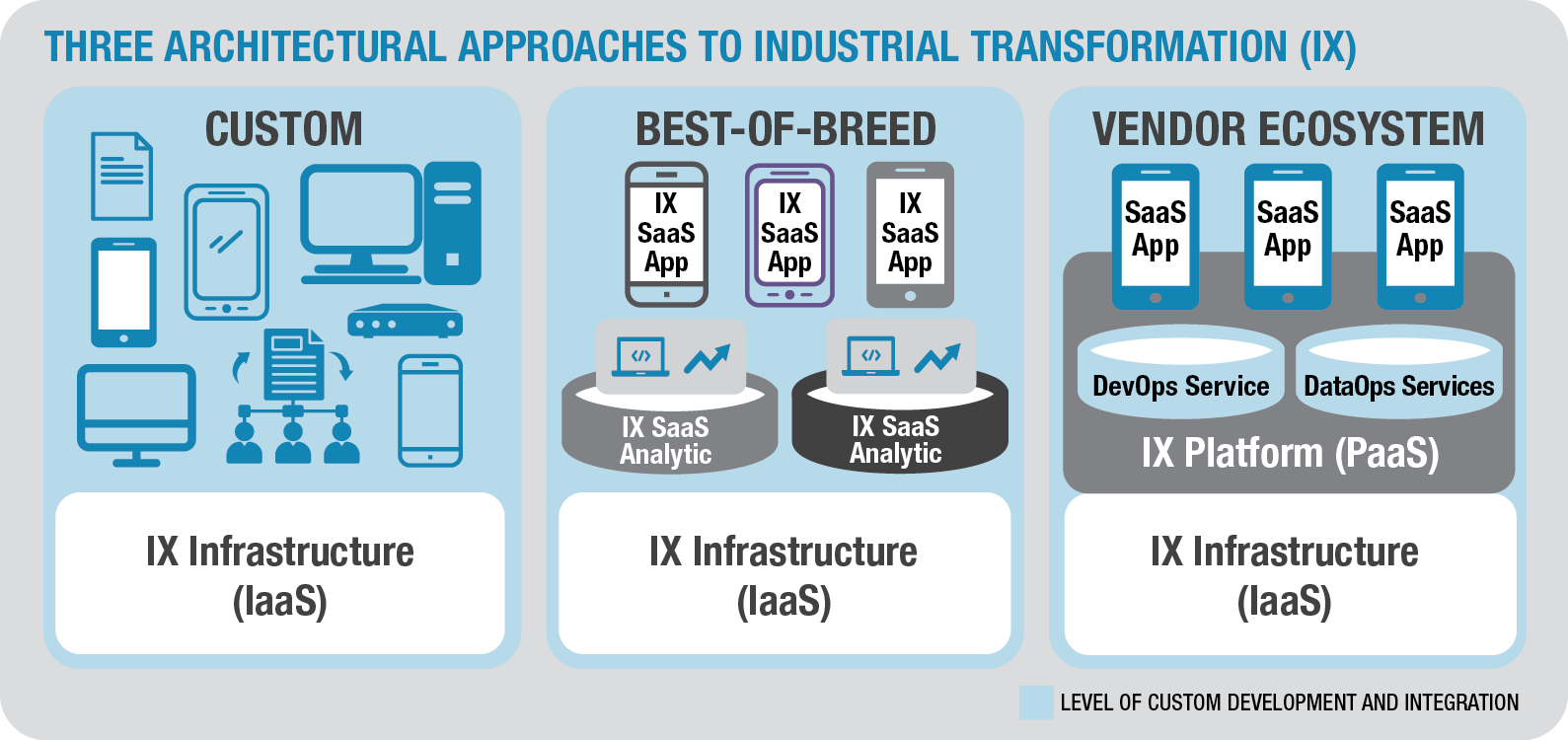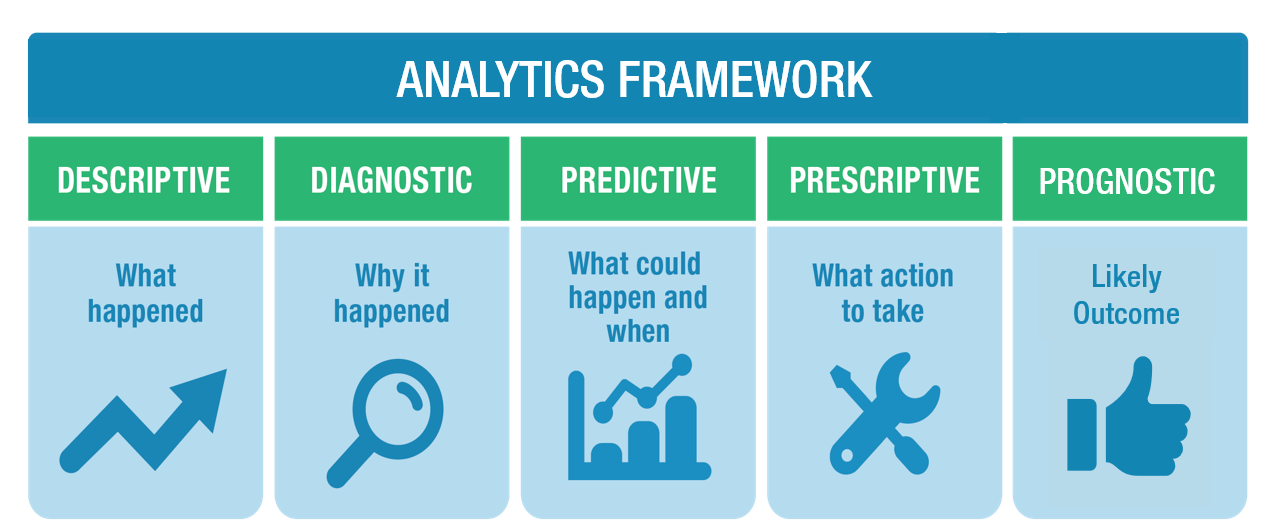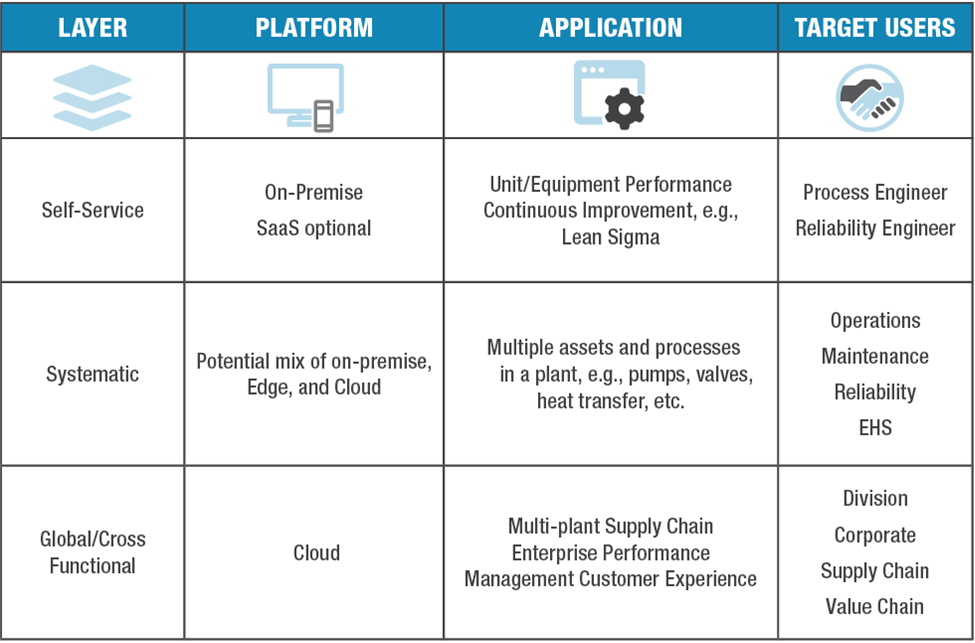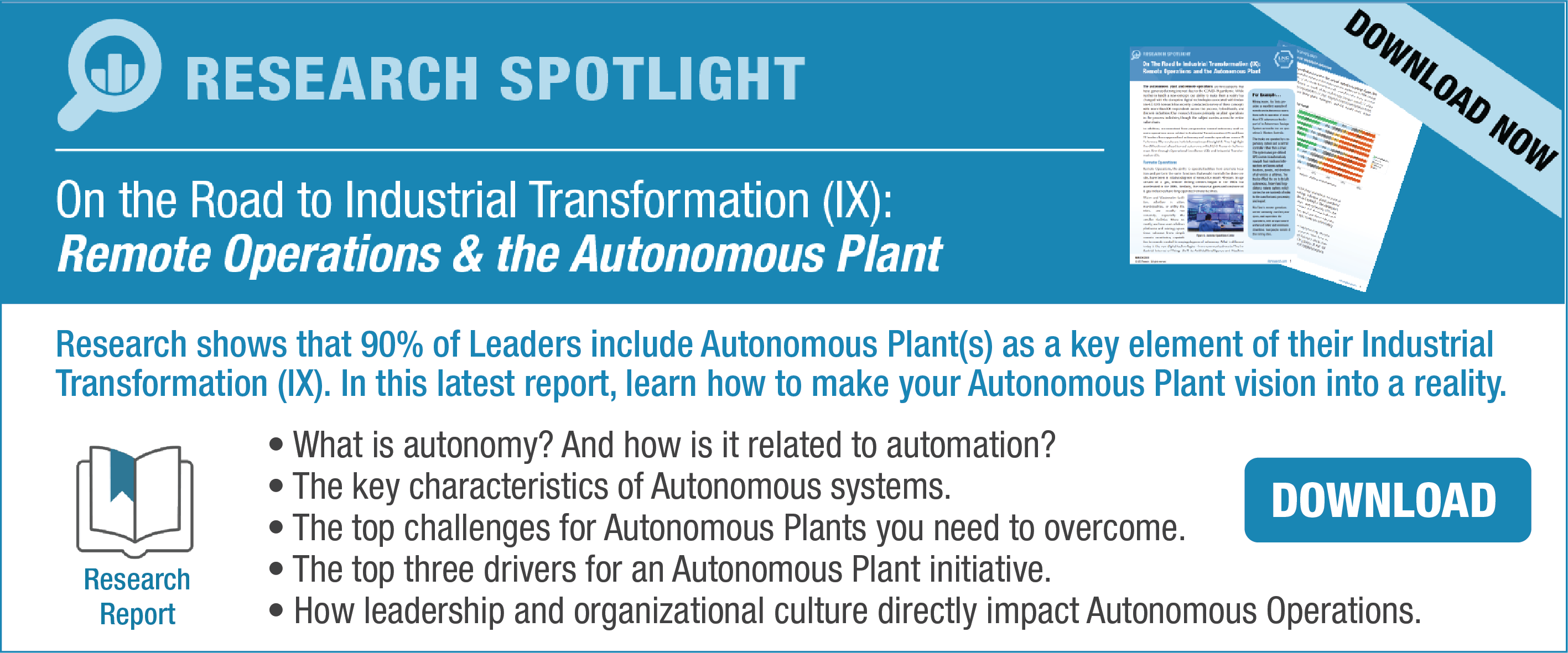LNS Research’s initial work outlined the three architectural approaches to Industrial Transformation (IX). We also detailed the advantages and disadvantages for industrial users of each of these architectural paths and the underlying IX Infrastructure. We are now extending our research to advanced analytics. So, in this blog, we define Industrial Transformation (IX) Analytics and how LNS classifies its use.
THREE APPROACHES TO IX
The three approaches to IX are:
- “Custom Solution” – leveraging an Infrastructure-as-a-Service (IaaS) hyperscaler,
- “Best-of-Breed”– powered by a wide array of IX Analytics vendors,
- “Vendor Ecosystem”– powered by solutions from a single IX Platform vendor.

Figure 1 - Three Architectural Approaches
Advanced Industrial Analytics is focused on the “top” (the end-user-facing) layer of the IX Reference Architecture. It includes the data and analytics models to drive powerful insights from the data, as pictured below.
.png?width=935&name=Industrial%20Transformation%20IX%20Application%20and%20Analytics%20(1).png)
Figure 2 – Applicable Reference Architecture
DEFINING ADVANCED INDUSTRIAL ANALYTICS
We use the following product definitions to segment vendors into the Industrial Transformation (IX) Analytics category:
- IX Analytics vendors who primarily deliver advanced analytics with only a secondary or ancillary focus on pursuing a more comprehensive platform strategy. The solutions may be customizable but are not intended as general programming or code development environments. Instead, they offer pre-packaged algorithms and/or toolsets for building analytics applications.
- IX Analytics vendors who offer Software as a Service (SaaS) analytics applications to customers, potentially integrated with an internally developed platform, which may or may not be commercially licensable. The platform spans a broad set of the IX functional landscape, including operations, assets, products, supply chain, customer experience, and connected worker, among others. These applications can run on private or public cloud instances, support hybrid cloud architectures, include advanced analytical capabilities like AI/ML, and can interoperate through APIs with other SaaS applications.
Core technologies for Industrial Transformation (IX) Analytics are the models for data analysis. These capabilities are often described as Artificial Intelligence and Machine Learning, but in fact, refer to a range of applied mathematics and model types. Model types include physical, visual (2D or 3D), mathematical, and computational. First-principles or physics-based models fit here. Applied mathematics includes traditional and Bayesian statistics, Artificial Intelligence with Machine Learning and Natural Language Processing, and Operations Research tools such as search & optimization, queueing, and heuristics. The models are critical in replicating the physical world in the virtual world – they are essential for Digital Twins.
In addition to the core technologies, we further classified IX Analytics as follows:
- Provides one or more advanced analytics capabilities from monitoring, descriptive and diagnostics, to predictive, prescriptive, and prognostic. The most advanced vendors have developed prescriptive and prognostic capabilities.

Figure 3 - Analytics Framework
- Supports one or more classes of analytics – self-service, systematic, and global/value chain. By self-servcie, we mean those analytics which are driven by individuals, such as process engineers, who want to analyze the performance of their unit. Systematic refers to those analytics running in the background and monitoring what coud be hundreds of assets and dozens of processes, alerting engineering and operations when performance deviates from expectations. Finally, global/cross functional are for those value chain applications that do not lend themselves to a standard or templated solution, the tough problems that require a custom approach.

Figure 4 - Analytics Classes
- Provides monitoring capabilities and optionally control as well
- Highlights any special capabilities such as video, LiDAR, geospatial, etc.
Now, you ask, what doesn’t meet the definition? We further narrowed the definition by identifying a specific set of applications that may consist of some form of advanced analytics but who do not strictly meet the licensable or non-licensable analytics platform definition. In addition, in defining IX Analytics this way, we realized that the definition is still so broad that it could include any application from Excel to Matlab to modeling/simulation to BI tools. So these types were excluded. We also excluded categories that merit their own special attention, such as Asset Performance Management (APM) and Connected Workforce (CW). Despite these definitional filters, we still found 30+ candidates that potentially meet the criteria.
NEXT STEPS
Over the coming months, we will continue to research and evaluate Industrial Transformation (IX) vendors. This is a particularly dynamic market with new entrants, channels, partnerships, and acquisitions, as vendors enhance their offerings, expand into new markets, and strive for sustainable growth. We will reach out to those for briefings where we don’t believe we have up-to-date information or those with which we previously had little or no contact. With the feedback in hand, we will make any adjustments we deem necessary and then publish our research. We expect this to be an ongoing process, and thus we will build up our coverage over time.

INDSTRIAL TRANSFORMATION (IX) ANALYTIC\